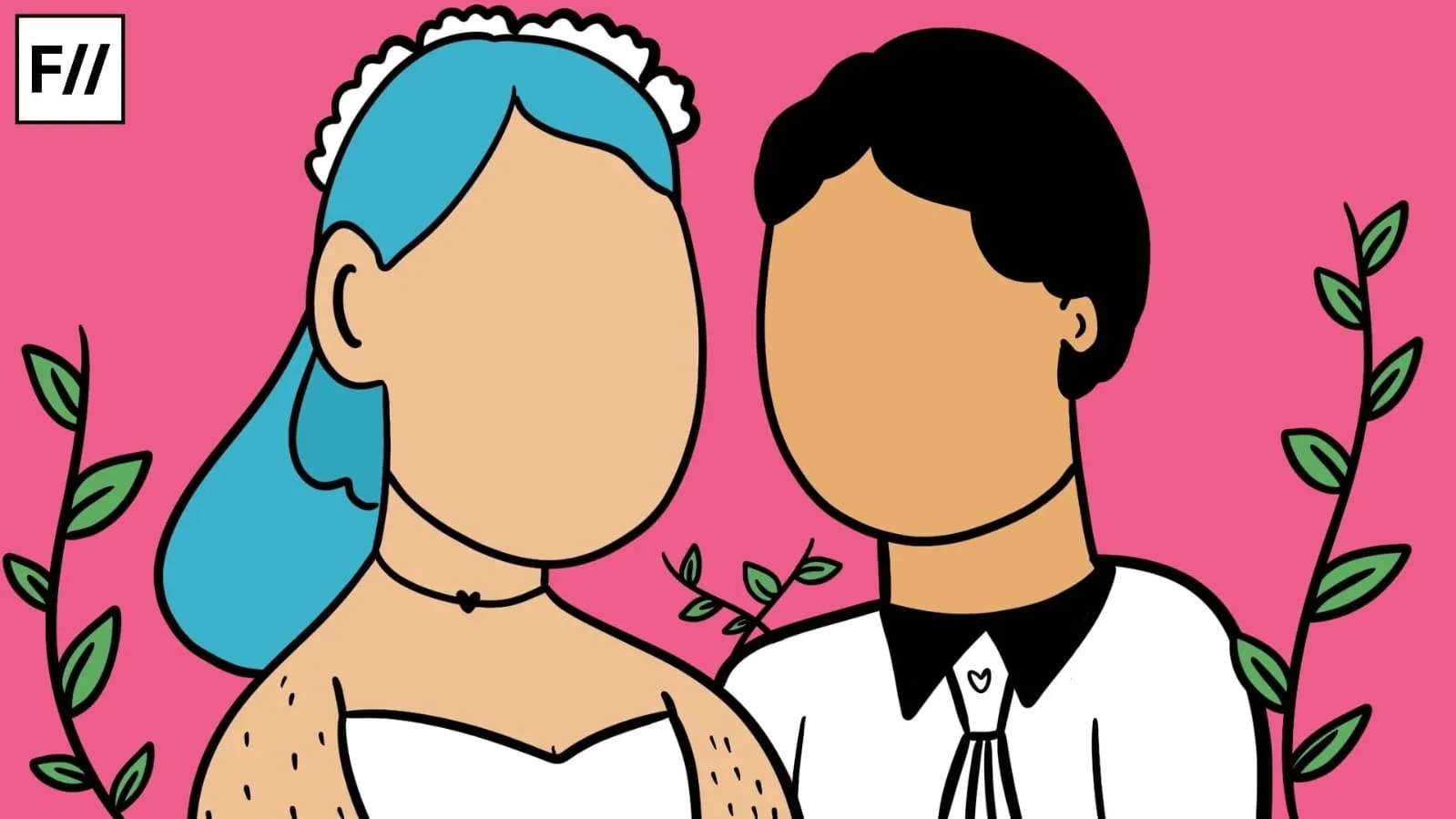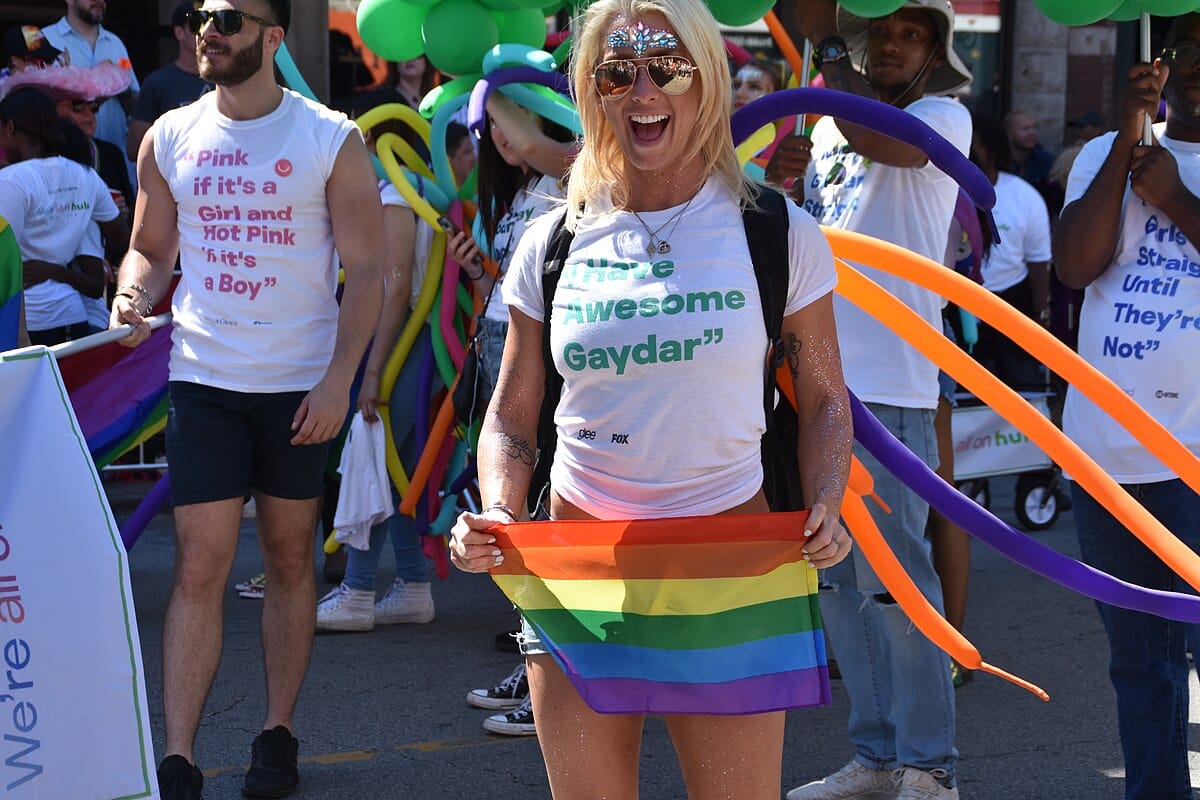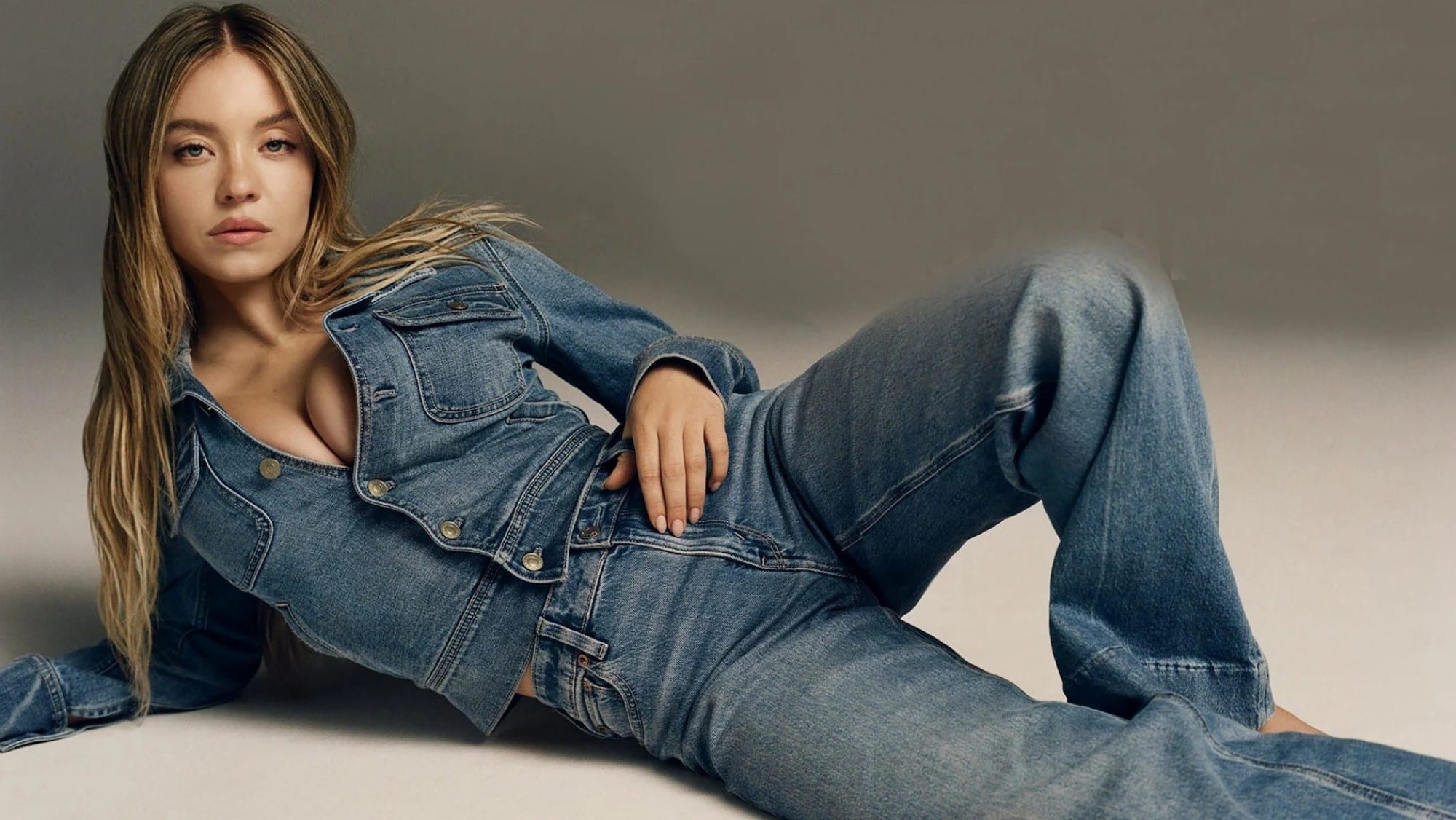Any average viewer would know that the yearly Victoria’s Secret Fashion Show is not just a fashion show. It is nothing short of a spectacle. In a stark contrast to the black, white and grey runways that the other fashion brands use for their show, the Victoria’s Secret fashion shows were a celebration of the extravagant and the sexy. The stage would be decorated elaborately, each theme of lingerie well thought out, celebrity musical guests would sing their latest hits as the famous VS “Angels” took the ramp. With such elaborate shows, it was clear that Victoria’s Secret did not just sell fashion or lingerie, it sold a “fantasy”.
While this “fantasy” has often been packaged and marketed under the garb of empowerment and women having fun with their attire and owning their sexiness – the motivation behind Victoria’s Secret was always to cater to the male gaze and in the process, sexualise and objectify women. American businessman Roy Raymond started the brand in 1977 when he felt that men did not have a place to go to where they could feel comfortable buying lingerie for their wives. Ever since then, through the statements of their head officials, their products and their brand messaging – Victoria’s Secret has primarily been for men rather than women.
Also read: Victoria’s Secret And Its Despising Truth
If one is to look for alternatives in the market where lingerie is made for women (and by women), brands like Negative, ThirdLove, Cuup, Parade and most notably, Savage x Fenty would stand out. Savage x Fenty, a high-profile lingerie line by musician and actress Rihanna herself, almost brought a revolution in the lingerie industry. From featuring models who belonged to all body types and sizes to more women of color (and even a pregnant model) – Savage x Fenty was seen to be a breath of fresh air that accepted bodies like they came and made comfortable, inclusive but sexy lingerie for them nonetheless. The body-positive Real Catwalk in New York in 2017 was probably the most prominent form of protest against the Victoria’s Secret fashion shows. Over 12 volunteer models (or ‘Anti-Angels) of all ages, sexual orientation, cultures and races walked the show in order to celebrate women and not “serve up an aspiration that no one can really relate to”.

The Victoria’s Secret Fashion Show was cancelled from the year 2019 onwards and in 2021, it announced that they were revamping into the VS Collective with brand ambassadors who were not models but trailblazing women who had accomplished a lot in their own fields. The brand ambassadors included American soccer player Megan Rapinoe, transgender model Valentina Sampaio, actress Priyanka Chopra-Jones, plus-size model Paloma Elsesser, Chinese-American skier Eileen Gu, refugee and model Adut Akech and journalist Amanda de Cadenet. The revamping also came with internal changes whereby six of the seven members of the board were women (while the CEO position is still held by a man). The purpose behind the revamping according to CEO Martin Waters was to actually “listen” to their consumer base and become “world’s leading advocate for women”.

However, people all over the world could clearly see it as an attempt to seem more inclusive and empowering in order to boost their waning sales as opposed to a clear dedicated effort in changing the brand. This becomes more apparent when the brand said it would cater to more body sizes but has not yet created a line of products for plus-size women ready to sell. This was also seen as an attempt to clear the brand’s name after the damaging connection between Leslie Wexner and Jeffrey Epstein came to be known and how Epstein, a convicted sex offender would use the brand’s name to scout unsuspecting models and sexually assault them. In addition to that, a 2018 interview with Ed Razek, the Chief Marketing Officer who developed the idea of the show and the brand of ‘angels’, also infuriated the beauty and fashion community as he denied adding “transsexual” to the show as it would not fit in with the fantasy they were selling. Razek also pushed the blame onto the viewers and their lack of interest for not adding plus-size models to the show.
Netizens also pointed out that Victoria’s Secret had an inherently problematic past whereby it used prison labor for manufacturing its goods at a cheaper price. It is also criticised as a fast-fashion brand in a time when the fashion world is slowly becoming more conscious about sustainability.
When thinking of the revamping of the brand into the VS Collective, the most prominent question that stands out is how would the brand bring about the “systemic change” it only speaks about? For years, Victoria’s Secret has not just peddled fantasies but also created a toxic culture that has subscribed to an ideal body type – the body that the Angels flaunted. Their products have been exclusionary for women who do not belong to that projected ideal body type, making them feel that they are not worthy or capable to feel beautiful. Every year the Victoria’s Secret fashion show curators only selected tall, thin and glamorous models (majority of them being white women) – pushing women around the world as well as its own models to attain a body type that is immensely difficult and unhealthy to achieve.
Victoria’s Secret models themselves have spoken of how they faced tremendous body dysmorphia and kept feeling they were “fat” and almost cut out all solid foods or liquids from their diet before the show. However, these dietary practices were never critically looked at but simply brushed off as the models working hard for this marvelous opportunity. Indeed, for a long time, the stamp of a Victoria’s Secret angel could work wonders for a model’s career. However, it also created a culture wherein each model was projected as pitted against the other while the ‘backstage footage’ showed a remarkable and almost relatable camaraderie between all the models.
Also read: Infographic: How Can The Fashion Industry Become More Inclusive?
The founder of Parade, Cami Tellez, pointed out that brands “write cultural scripts” and Victoria’s Secret and its influence on the notions of femininity and beauty have probably been the most impactful and damaging upon society and women.
Until they actively break down the culture that they have created and show actual work in creating a safer, more inclusive and diverse space – the revamping of Victoria’s Secret will just be a desperate attempt at reclaiming the market and regaining relevance.
The author would like to thank Udita Chakrabarti for her valuable inputs regarding the article.
Featured image source: Vogue.com
About the author(s)
Sukanya Bhattacharya is a postgraduate student at Tata Institute of Social Sciences, Mumbai. She is interested in looking at feminism and gender through the lenses of popular culture, social media and urban spaces. She has written for 'Asia in Global Affairs' and has also been a volunteer at 'Calcutta Rescue'. She is also an avid debater and a quizzer.





I disagree. Covid restrictions are responsible for businesses failing.
It’s got nothing to do with anything said here.
Hot girls buy their products. There’s always been the same number of hot girls as now. Rihanna did nothing to create a challenge for this market.
We buy what we like. VS has some lovely things. Body positivity is irrelevant.
Hot girls don’t see body positivity as a factor. We eat and do as we like. No clue why models have to eat a certain way to look like that.
this seems like a really tone deaf statement. popular VS models like Gigi hadid and Bella hadid have spoken about how empowered they felt walking the Savage X Fenty ramp. others have also spoken how they ate fries and pizza before Rihanna’s show in comparison to the VS show where they had to follow a strict workout regime in order to sell “fantasy”.
its not about girls not feeling ‘sexy’,it this idea that only women with certain body types and sexy and hence they should feel good about themselves.
and VS sales were falling way before covid because of their lack of inclusivity.
Body positivity is relevant and the only reason you feel otherwise is because you can thrive of women feeling insecure.